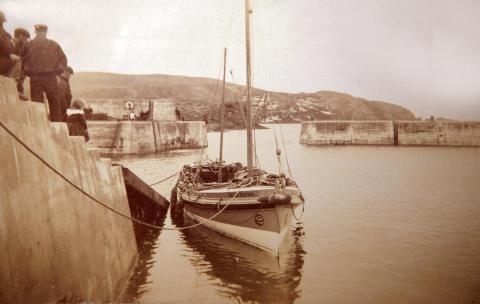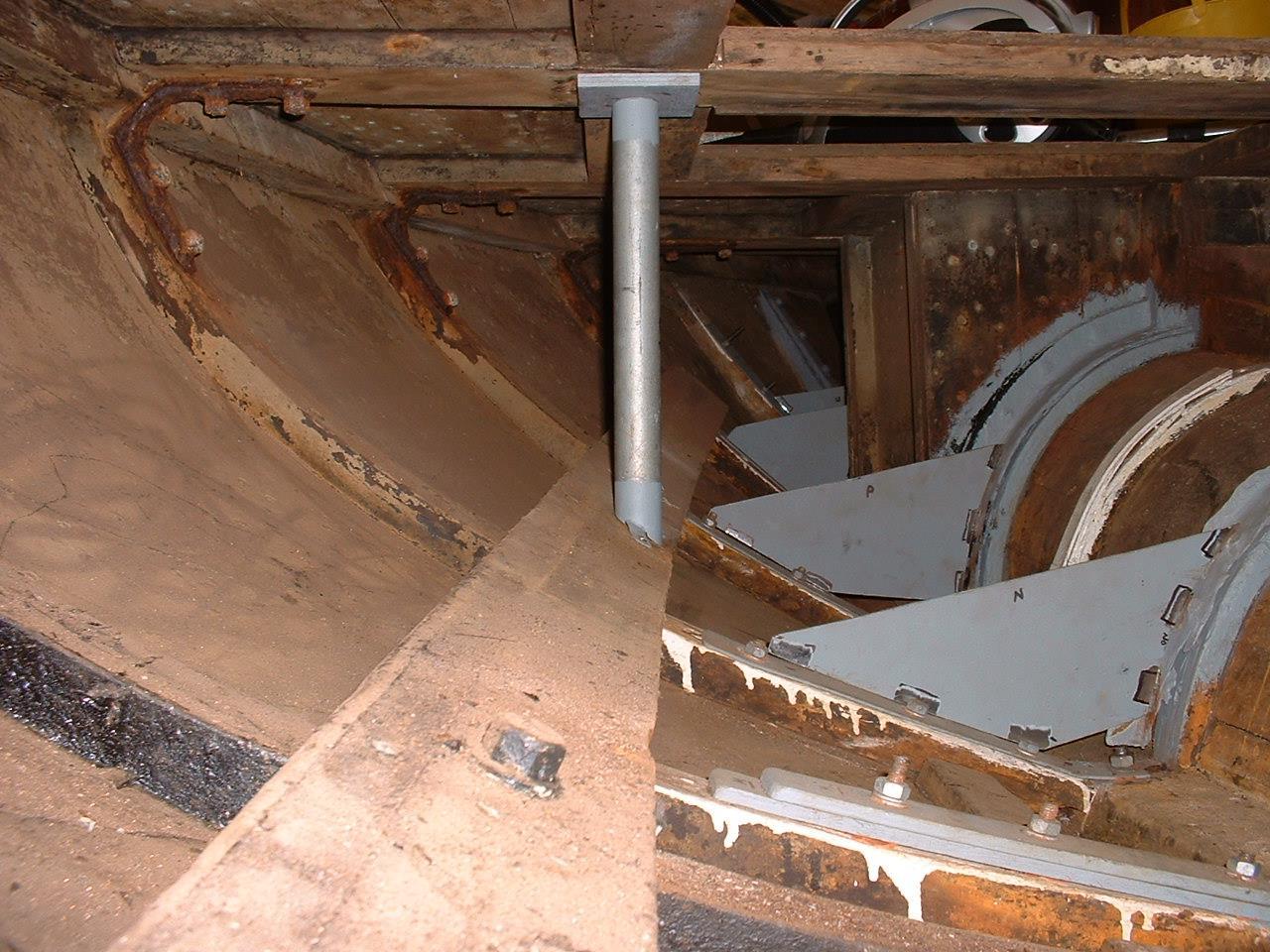
About Helen Smitton
The Helen Smitton was built as a non-self-righting motor/sailing/pulling lifeboat in 1910 by the Thames Ironworks in Blackwall, and is one of the first purpose-built motor lifeboats. She was built at a time of great change and debate concerning whether lifeboats should be self-righting or fitted with engines. She has survived for over one hundred years because of superior craftmanship and high-quality timber, both of which were readily available prior to the First World War.
Helen Smitton was built for a service life of 25 years, and spent most of that time between 'shouts' in a cosy tin shed at the top of the St Abbs slipway. When sold out of service by the RNLI in 1936, a fundamental change took place in that she was kept, like most vessels, out in the open where she was now under constant attack from the elements.
Reconstruction Project
Helen Smitton is currently being reconstructed by Malcolm Brown, a trained and qualified boatbuilder, engineer, industrial archaeologist, academic and consultant to the National Lottery Fund. The lifeboat is largely intact and is being reconstructed to original condition using, where possible, the same materials and methods employed in 1910. No fibreglass has been used, and all her original hull planks and frames remain in place.

In his paper 'The Reconstruction of Helen Smitton - Methods Employed to Overcome the Effects of Corrosion', Malcolm explains that when conserving or reconstructing a working vessel, he has five things uppermost in his mind:
— the safety of those who come into contact with the vessel;
— conservation of the vessel's structure with minimum intervention;
— long-term sustainability;
— interpretation;
— environmental impact of his work.
Project Details
Problems to the vessel's main structure have been caused by the choice of her original materials, poor maintenance and amateur modifications and repairs. The greatest problems are bi-metallic corrosion to most of her iron and steel components and fastenings of her hull; and associated degradation of adjacent hull timbers below the waterline.
To increase the sustainability of the vessel, changes have been made to the fastenings used, for example: cast steel floors and wrought iron deck knees were fastened with either copper or naval brass. Where these have been replaced, galvanised steel has been used to reduce galvanic action.
As technical problems arise during vessel reconstruction, there is a balance to be struck between using modern materials in small quantities to preserve original fabric, but Malcolm does not use modern materials when traditional materials, such as the white lead paste used in her original build, are still available.
Current Status
The hull and its backbone are almost finished, just a few hood end fastenings to renew and splining of the hull, where original planks will not close sufficiently when launched, and a coat of bitumen paint as primer to the hull, which is how it was when she was built.
In progress are the engine box, the thwarts, and the side deck seating. The Gardner engine and gearbox need to be installed, and the new bow fender neds to be fitted. Around 80% of the steel/iron deck fittings still need to be fabricated and welded, and the main mast and corresponding yard need to be built, with new sails being required.
Other Projects
Other vessel conservation projects that Malcolm has recently worked on include:
Find out more:
